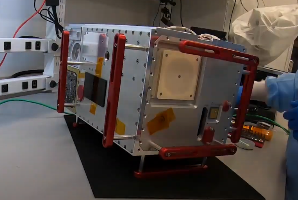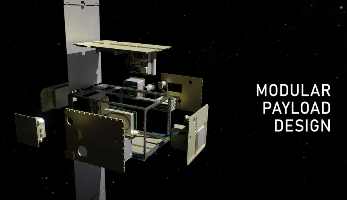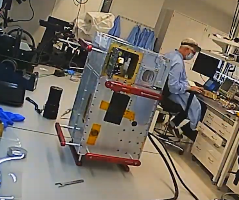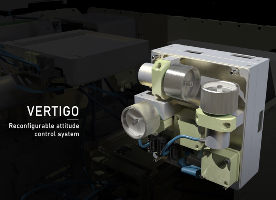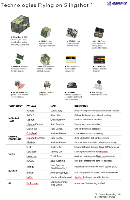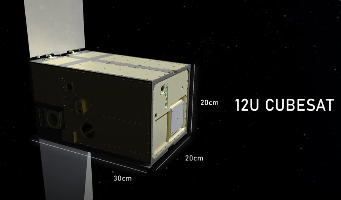| Spacecraft name | Slingshot-1 (SLINGSHOT1) |
|---|---|
| Type | CubeSat |
| Units or mass | 12U |
| Status | Reentry 2024-09-11. Was operational? (IAC 2022 paper confirmed commissioning is finished. Results in the IAC 2023 paper, but decommissioning planned for late 2023. Last checked 2023-12-05) |
| Launched | 2022-07-02 |
| NORAD ID | 52947 |
| Deployer | RailPOD [Tyvak],? |
| Launcher | LauncherOne (ELaNa 39) |
| Entity name | Aerospace Corporation |
| Institution | Institute |
| Entity type | Government (Civil / Military) |
| Nation | US |
| Manufacturer | AIVT by Blue Canyon |
| Operator | Blue Canyon |
| Oneliner |
Advance on-orbit experiments using modular and autonomous technologies on next-generation satellite systems with SatCat5. |
| Description |
Program named Slingshot, which looks to advance on-orbit experiments using modular and autonomous technologies on next-generation satellite systems. In essence, Slingshot looks to simplify the architecture with open standards and plug-and-play interfaces to streamline bus-to-payload, satellite-to-satellite, and space-to-ground communications. A key feature of the Slingshot platform is the use of SatCat5, an open source mixed-media ethernet switch architecture that enables a variety of devices to communicate on the same network. Unlike other existing standards, such as CAN and SpaceWire, SatCat5 is able to simultaneously provide high throughput and low-power consumption using ethernet technologies and an end-to-end payload development kit. Slingshot also uses one common bus-to-payload interface, providing a reusable standard that can eliminate the ad-hoc proliferation of complex, dissimilar protocols that have historically bogged down connectivity and driven up costs. Slated for launch in early 2022, the Slingshot 1 mission aims to prove the feasibility of providing a standard interface for multiple payloads on a single spacecraft flying in low Earth orbit. In addition to providing access to an on-orbit space test environment, the mission will demonstrate the capability of the SatCat5 ethernet standard, which would allow developers to employ commercial tools and open-source code from the extensive ethernet ecosystem. In a further bid for increased satellite autonomy, the Slingshot 1 mission will also test the functionality of:
|
| Results | |
| Sources | [1] [2] [3] [4] [5] [6] [7] [8] [9] [10] [11] [12] |
| Photo sources | [1] [2] [3] [4] [5] |
| COTS subsystems |
|
| Subsystems sources | [1] |
| Keywords | Propulsion, Laser transmitter, Tracking Enhancement Device, License Plate Identification Tag |
| Space photos | 
|
| On the same launch |
Last modified: 2024-09-29
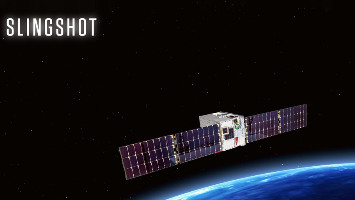
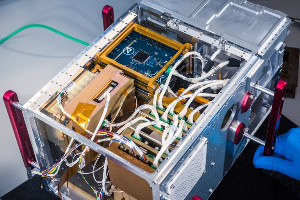
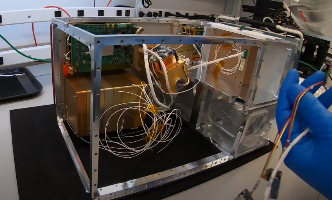
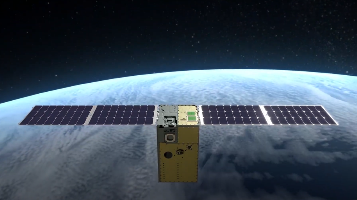
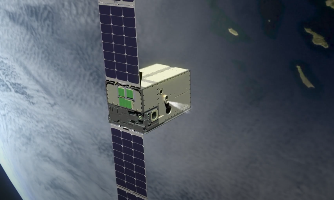
.jpg)
